Why our Lean and Agile approach can help you – Part 1
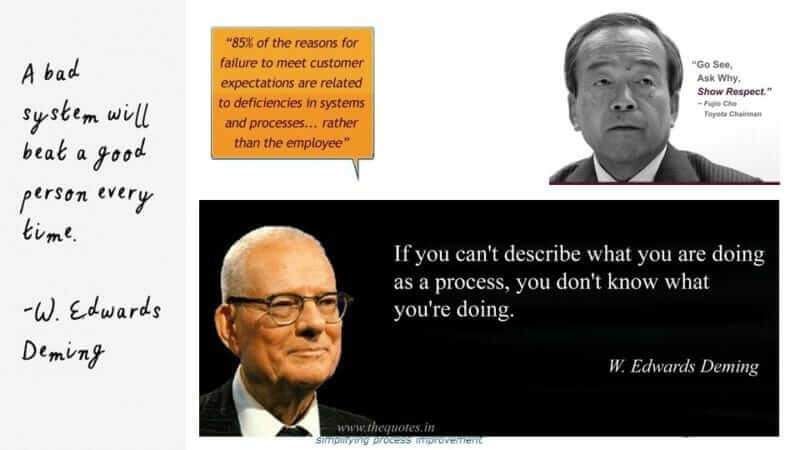
How our Lean and Agile approach can help you. Part 1 Project/Programme/Delivery Managers and Decision Makers
Do you get asked ‘why are we doing this’? Do you get asked about benefits? Would your project pass the daily fail/local rag test? There is a better way, which has huge benefits for your organisation.
Whether you are delivering digital transformation (or any other programmes) in a traditional waterfall or agile way as part of a public sector project, it is highly likely that the key driver is to be more efficient and make savings. Even projects where there are no savings targets at the start have a nasty habit of suddenly developing them at a certain point in the project. It only takes a change of leadership, politician or a new round of budgets to suddenly highlight your project and ask ‘so what is it delivering in real tangible terms?’. Even if you are lucky and have no such pressures surely working within the public sector with limited resources we should be able to answer that question about anything we do?[/fusion_text][fusion_text]Having worked with many organisations across the public sector, I have seen the sudden requirement to articulate savings cause much consternation and work to the project team, leading to a mad scramble to get some ‘evidence’. As a contractor within local authorities you don’t often get brought into projects that are well defined, going well and with clearly defined outcomes. On many occasions I have been involved in asking the very same question around benefits in reviewing the work that is in flight. So much work is done and taken into projects because a request for improvement has been outstanding for a long time or that a particular service or senior officer shouted loudest.
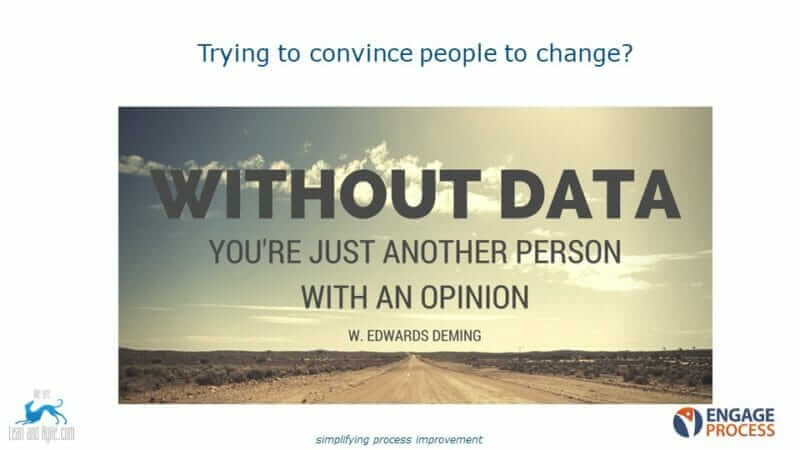
I have come across many projects within local authorities where the original business case was no more than ‘enough staff savings to justify the spend we believe we need to make on a new piece of technology’. That technology was identified as a solution to a set of symptoms seen in the organisation or because a perception exists that others have done this/seen benefits and a set of senior managers sign off the procurement and away they go. Often no analysis of processes has been done to this point (or at least very little) and strangely when/if it is done the new technology does not solve the problems and in fact the processes are adapted to fit the new technology! It is hugely unlikely a user goes anywhere near this process at all.
Discussing this with central government colleagues at the recent UKGovCamp, the challenge also exists around demonstrating savings. Obviously, the work of the Government Digital Service has had many benefits in embedding the agile approach and thinking in their delivery. However, trusting that delivering customer value (lean) and user needs (agile) will deliver not only customer improvements but the business benefits necessary to justify the investment of resource can be difficult for traditional managers, accountants or politicians to buy into. Justifying this can be challenging and showing that the great work being done does have a value is essential to being given the headroom to continue. Questions like ‘how do you know the products being delivered in this sprint are the most important/beneficial?’ are rightly being asked by the people accountable for budgets, monitoring and control.
Coming from a public sector background we have a strong public sector value ethos. Our approach is based on best practice in lean, agile and even waterfall approaches. We offer a pragmatic approach based around our improvement software and a strategic approach to improvement. Our approach gives organisations not only a solid evidence-based approach to benefits identification but an approach that fits agile and traditional waterfall (even though it is not our preferred approach) methodologies. Our software is used by over 33% of local authorities in the Netherlands.
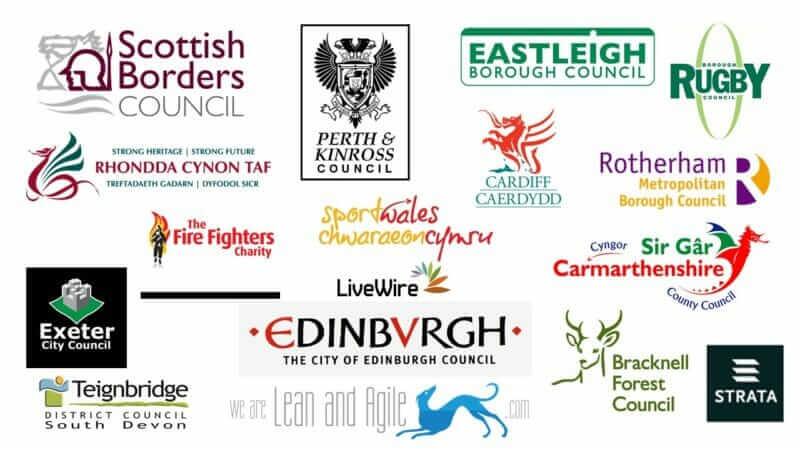
Where our software helps is that instead of mapping processes we model them. Instead of getting a process diagram your model contains times, costs, systems, roles, value identification and much, much more. The net result is that after doing the discovery phase and capturing your process you now understand the full cost of delivering that process. When you identify the changes you wish to make based on user needs / customer value, you quickly remodel and compare the two to show the benefits of making that change to a wealth of statistical indicators.
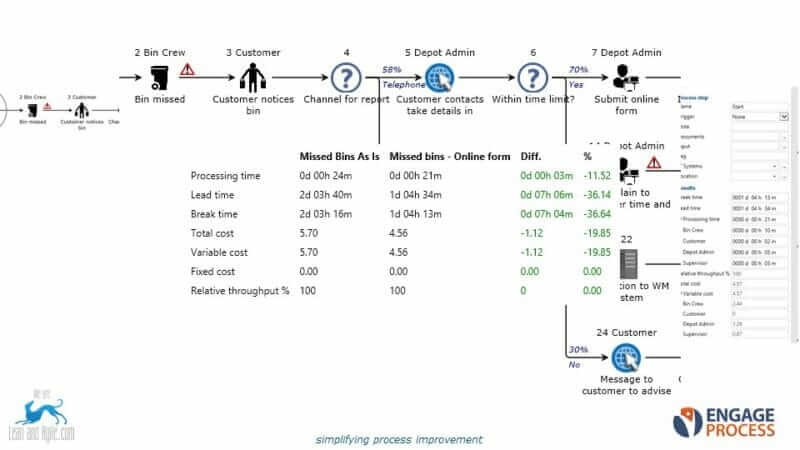
There are many more features adding value such as an electronic post it app and even GDPR capabilities but the modelling of processes alone is a real game changer. By capturing your processes live in a workshop you not only save time for your analysts but also you ensure stakeholders are engaged and own the processes as they are exactly what was captured in the workshop instead of post its turning into a Visio map a long time after the workshop that nobody recognizes. As well as ensuring the stakeholders are familiar with the outputs the system also allows the maps to be shared digitally straight after the workshop allowing stakeholders to comment directly on the maps in a collaborative way and analysts to respond and capture comments without the need for other tools.
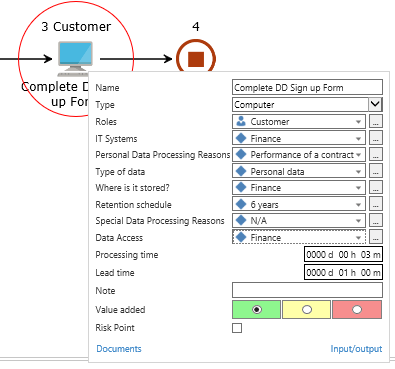
Following the workshops and the implementation of changes there is also the process handbook functionality. This allows you to publish process maps with additional data and guidance meaning your process maps become your single source of the truth for your processes. Your process handbook can be used to train new members of staff, support auditors/inspections/quality management processes and/or to capture new improvement ideas in a culture of continuous improvement.
So, what’s the catch; is it expensive? No (just have a look on Digital Marketplace and search for lean process modeller). Take ages to model processes? No, it’s faster to use than Visio and has many productivity benefits for your analysts. Hard to use? No, even untrained staff can learn it in a day and perform like an experienced business analyst. Take ages to implement? No, it’s SAAS based on Azure meaning you can be up and running within an hour. It requires lots of consultant time to get us going? No. Over 50 consultants use it in the Netherlands but with this software you really don’t need them. Our model is to train you and not to sell consultancy.
We believe in growing sustainable ongoing capability in your organisation and genuinely hope you never have to use us after the training although we love to help.
Still not convinced? Well, we will give you a free month’s trial, introductory webinar and support to help you convince yourself. Give it a go, you won’t regret it, and experience why we are growing at a rapid rate in the UK public sector with good reason.
We will be adding more specific blogs about how our approach can help other stakeholders such as business analysts, strategists or change managers later.
Next time someone asks ‘so what?’, wouldn’t you like to be able to answer with confidence?
